During which phase of IKEv2 does the Diffie-Helman key exchange take place?
Refer to the exhibit, which shows the output of diagnose sys session list.
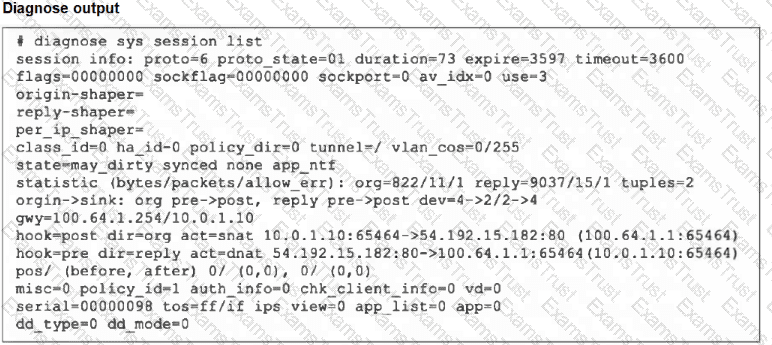
If the HA ID for the primary device is 0, what happens if the primary fails and the secondary becomes the primary?
Refer to the exhibit, which shows the output of a policy route table entry.

Which type of policy route does the output show?
Refer to the exhibit, which shows the output of get router info bgp summary.

Which two statements are true? (Choose two.)
Which authentication option can you not configure under config user radius on FortiOS?
Refer to the exhibit, which shows the modified output of the routing kernel.
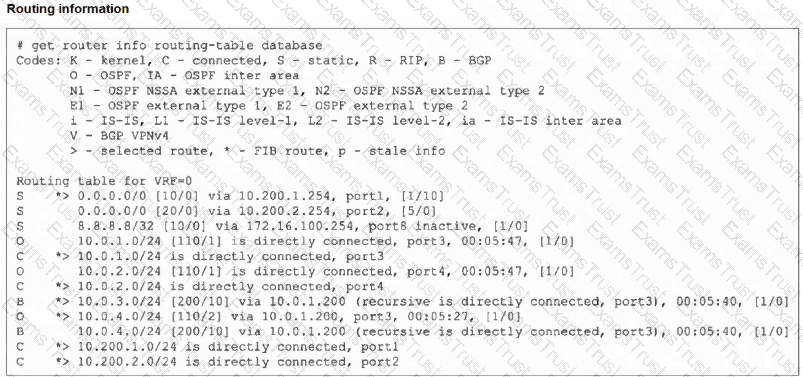
Which statement is true?
Consider the scenario where the server name indication (SNI) does not match either the common name (CN) or any of the subject alternative names (SAN) in the server certificate.
Which action will FortiGate take when using the default settings for SSL certificate inspection?
Exhibit 1.
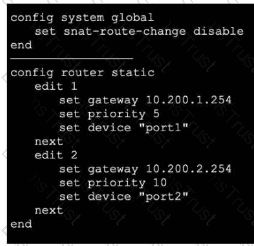
Exhibit 2.

Refer to the exhibits, which show the configuration on FortiGate and partial internet session information from a user on the internal network.
An administrator would like to lest session failover between the two service provider connections.
Which two changes must the administrator make to force this existing session to immediately start using the other interface? (Choose two.)
In which two slates is a given session categorized as ephemeral? (Choose two.)
Refer to the exhibits, which contain the partial configurations of two VPNs on FortiGate.
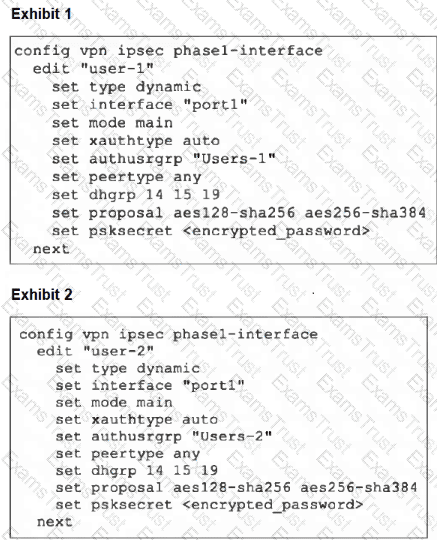
An administrator has configured two VPNs for two different user groups. Users who are in the Users-2 group are not able to connect to the VPN. After running a diagnostics command, the administrator discovers that FortiGate is not matching the user-2 VPN for members of the Users-2 group.
Which two changes must the administrator make to fix the issue? (Choose two.)
Refer to the exhibit, which a network topology and a partial routing table.
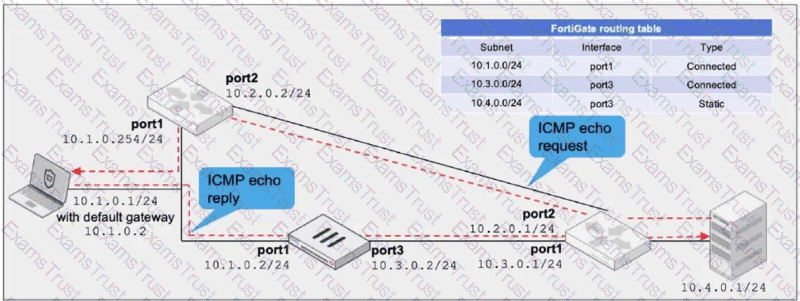
FortiGate has already been configured with a firewall policy that allows all ICMP traffic to flow from port1 to port3.
Which changes must the administrator perform to ensure the server at 10.4.0.1/24 receives the echo reply from the laptop at 10.1.0.1/24?
Refer to the exhibit, which shows partial outputs from two routing debug commands.

Which change must an administrator make on FortiGate to route web traffic from internal users to the internet, using ECMP?
Which statement about protocol options is true?
Refer to the exhibit, which shows the partial output of a real-time OSPF debug.

Why are the two FortiGate devices unable to form an adjacency?
Refer to the exhibits.

An administrator Is expecting to receive advertised route 8.8.8.8/32 from FGT-A. On FGT-B, they confirm that the route is being advertised and received, however, the route is not being injected into the routing table. What is the most likely cause of this issue?
Exhibit.
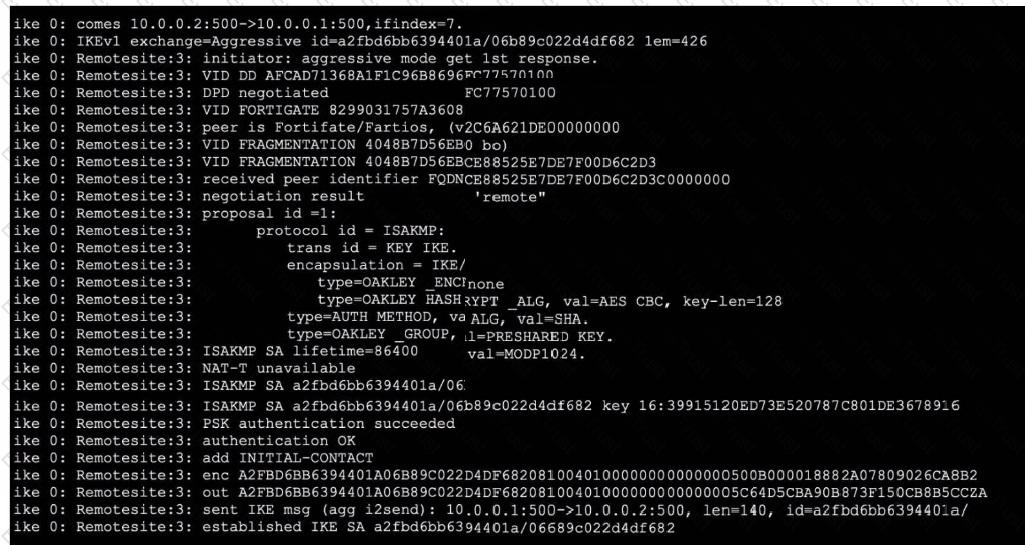
Refer to the exhibit, which contains partial output from an IKE real-time debug.
Which two statements about this debug output are correct? (Choose two.)
Exhibit.
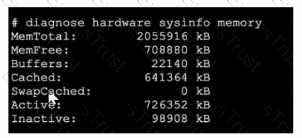
Refer to the exhibit, which shows a partial output of diagnose hardware aysinfo memory.
Which two statements about the output are true? (Choose two.)
Exhibit.
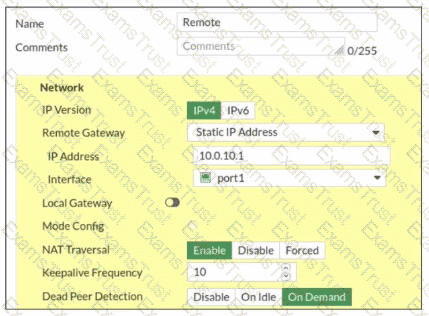
Refer to the exhibit, which contains a screenshot of some phase 1 settings.
The VPN is not up. To diagnose the issue, the administrator enters the following CLI commands on an SSH session on FortiGate:

However, the IKE real-time debug does not show any output. Why?
Exhibit.
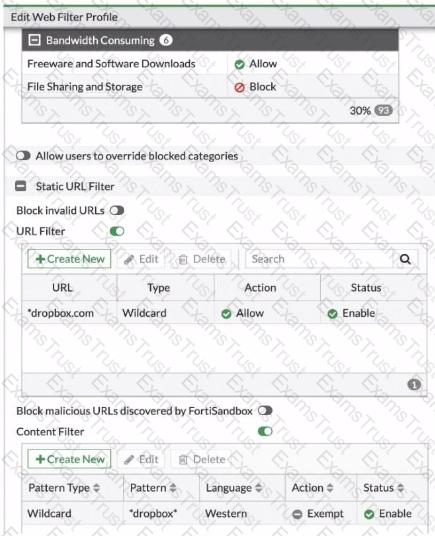
Refer to the exhibit, which shows a partial web fillet profile configuration.
Which action does FortiGate lake if a user attempts to access dropbox. com, which is categorized as File Sharing and Storage?